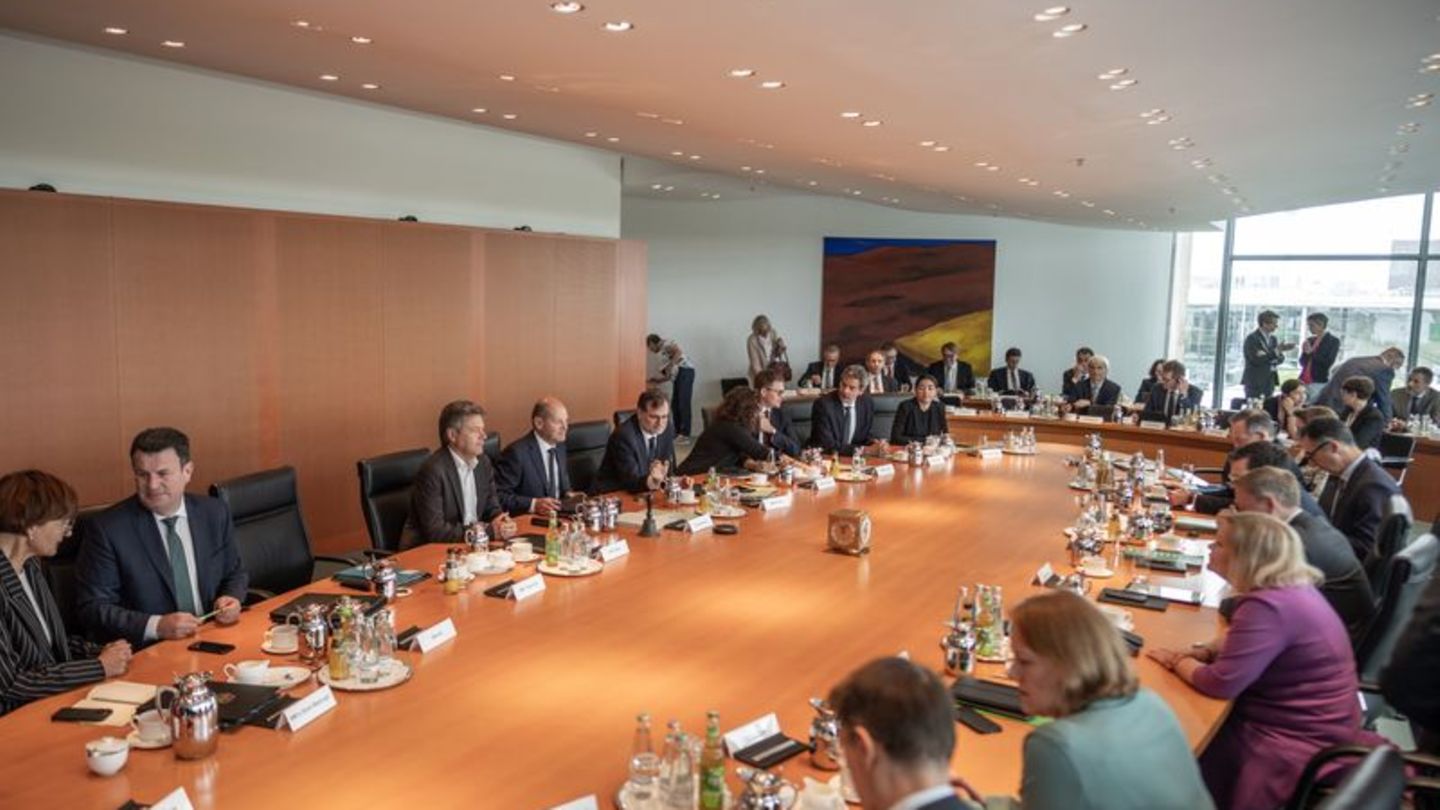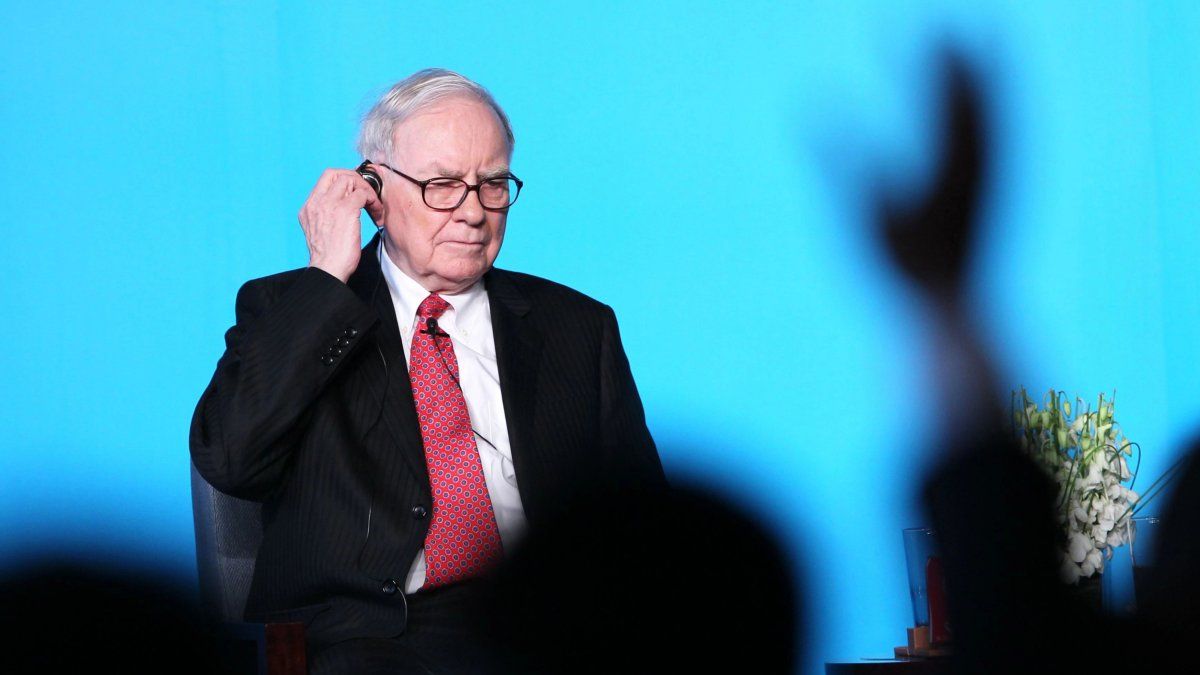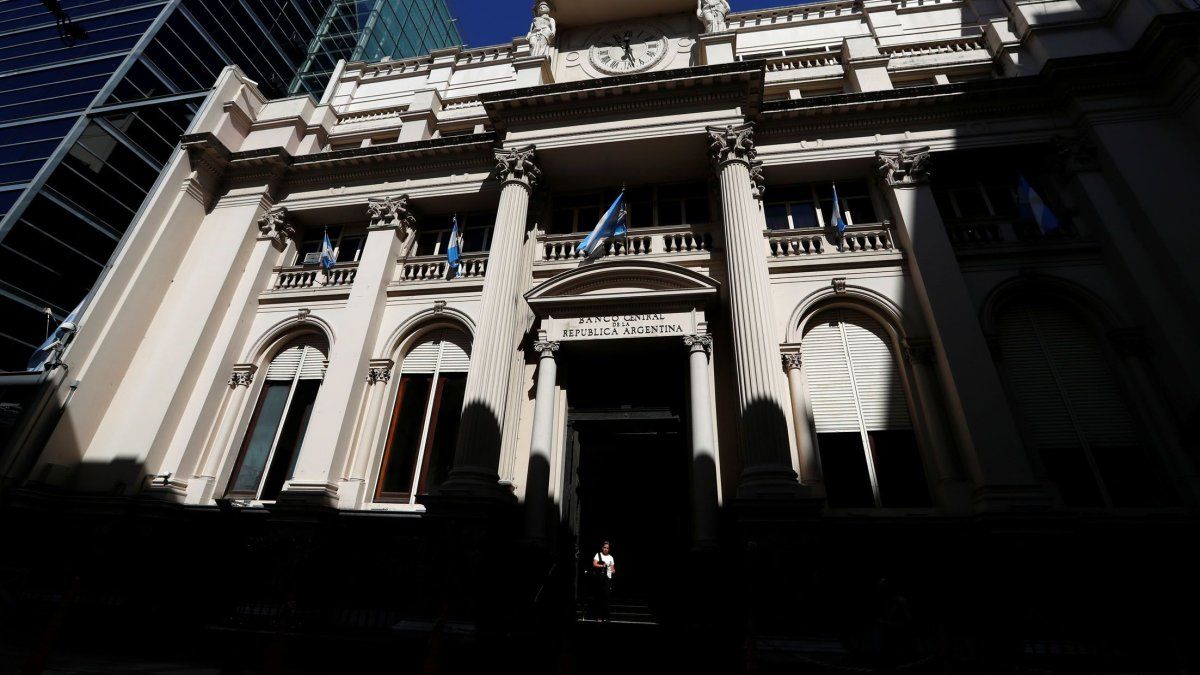They negotiated for weeks. Ultimately, most ministries received more money than Finance Minister Lindner wanted to give them. But the traffic light coalition is not yet completely free of its financial worries.
In the end, the result is what counts, says Olaf Scholz in a Tiktok video about the hard-won compromise on the 2025 federal budget. Marathon meetings, a sleepless night and fear for the future of the coalition – all apparently secondary. “Now it’s finished,” emphasises the Chancellor.
The traffic light government plans to spend more than 480 billion euros next year, almost a tenth of which will be on credit. Today the cabinet is to officially launch the draft budget – although some ideas are still on shaky ground. Then it will be the Bundestag’s turn. The budget decision is scheduled for the end of November.
The most important figures
The budget has a total volume of 480.6 billion euros. That is around eight billion less than this year. The Finance Ministry has allocated 78 billion euros for investments – a record level.
Finance Minister Christian Lindner (FDP) is planning new loans of 43.8 billion euros – also slightly less than this year. According to the Basic Law, the federal government is allowed to borrow this money despite the debt brake. The SPD and the Greens had openly toyed with the idea of making an exception for higher loans, but the FDP prevailed.
The main focus
The traffic light coalition wants to use the budget to simultaneously stimulate the economy, maintain social benefits and deal with the tense international security situation. Defense Minister Boris Pistorius (SPD) will receive additional money so that Germany exceeds the NATO quota of two percent of gross domestic product. The Federal Police, Customs, Federal Criminal Police Office and other security authorities will be strengthened with almost a billion euros.
In addition, families will be supported by higher child benefit and a higher child allowance for working parents with low wages. Overall, tax relief of around 23 billion is planned for 2025 and 2026, including through an increase in allowances for wage and income tax.
No austerity budget
When it comes to negotiations, Lindner likes to portray himself as tough. A balanced budget is only possible “by curbing politicians’ appetite for ever higher government spending,” he said in a video published by his ministry.
His ministerial colleagues must learn to limit themselves. “The main task was to bring the individual ministries into line with the so-called financial plan, i.e. what had already been planned in terms of state revenue,” says Lindner.
In fact, the comparison of the draft budget with the financial plan for 2025 drawn up last year is meaningful. It shows that Scholz, Economics Minister Robert Habeck (Greens) and Lindner have not drawn up a budget that is stingy. Almost all ministries will ultimately receive more money than was promised to them last year.
Above all, Transport Minister Volker Wissing (FDP) is allowed to spend more money, as are Education Minister Bettina Stark-Watzinger (FDP), Interior Minister Nancy Faeser (SPD), Family Minister Lisa Paus (Greens) and Defense Minister Pistorius. Even Foreign Minister Annalena Baerbock (Greens), who reportedly resisted negotiations for a long time, is getting over 500 million euros more than was provided for in the financial plan.
Others will have to make do with more or less what Lindner wanted to give them last year: the Ministry of Economic Affairs, for example, the Ministry of Development and – with a small minus – the Ministry of Construction.
Tricks and crucial open questions
The fact that there are no major savings also means that tricks are needed to balance the budget. For example, Lindner wants to record interest expenditure differently in the future. He also hopes that a package for more economic growth, the key points of which are to be approved by the cabinet, will generate around six billion euros more in tax revenue.
And then there is the so-called global underspending of 17 billion euros. This is the federal government’s bet that the ministries will not spend all of the money in the year anyway. This is a common practice, but the amount is very high.
The 17 billion also includes eight billion euros, for which the federal government already has an idea of how to finance it, but which may be constitutionally shaky. For example, money that the KfW development bank did not use for the gas price cap could flow back into the federal budget. Whether this would be watertight is still being examined.
Lindner also needs to clarify whether it would make economic sense to replace subsidies to Deutsche Bahn and the Autobahn company with loans. These would not count towards the debt brake – but could possibly have an impact if the companies want to raise money on the capital market. If the three ideas cannot be implemented, Scholz, Habeck and Lindner may have to renegotiate.
Source: Stern
I have been working in the news industry for over 6 years, first as a reporter and now as an editor. I have covered politics extensively, and my work has appeared in major newspapers and online news outlets around the world. In addition to my writing, I also contribute regularly to 24 Hours World.




